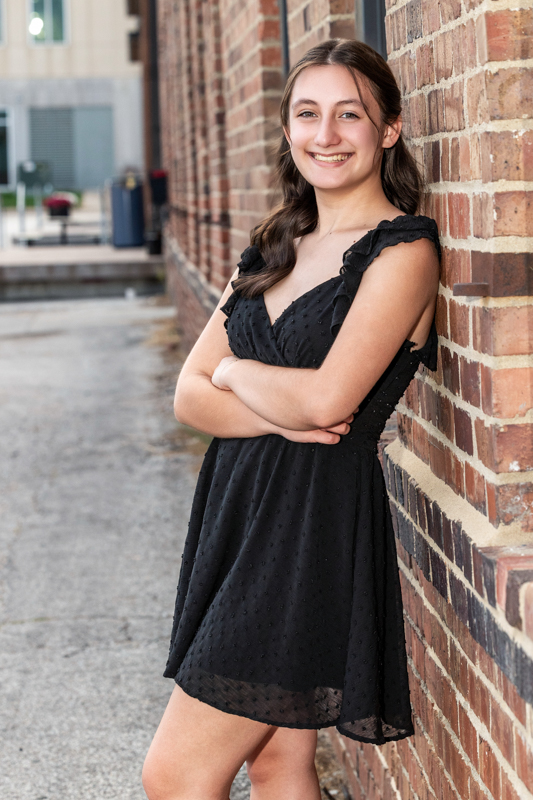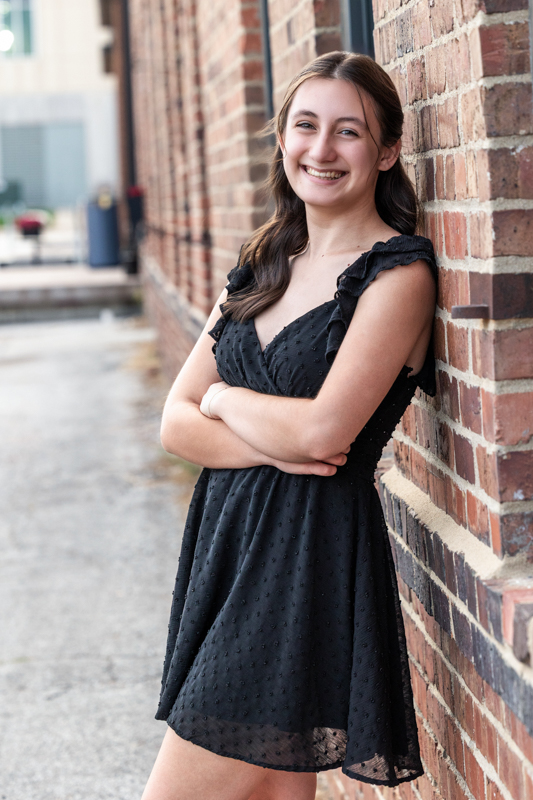Understanding Light in Senior Photography: Natural Light vs. Off Camera Flash
Lighting is one of the most critical elements in photography. It affects the mood, depth, and overall quality of an image. Whether using natural light or artificial lighting, the way light is controlled can determine how a you will look, and how well details stand out.
Natural light photography is beautiful when conditions are right, but when the light isn’t ideal, it can create unflattering shadows and uneven skin tones. That difference is clearly visible in the two images below.
In the first photo, taken with off-camera flash, the lighting is even and flattering. The subject’s skin looks brighter, shadows are softened, and the catchlight in the eyes makes them look lively and expressive. The flash fills in shadows without looking harsh, creating a natural and polished look.
In the second photo, taken with only natural light, the subject has “raccoon eyes”—dark shadows under the eyes caused by overhead lighting. This effect can make the eyes look sunken and create the appearance of under-eye bags even if they aren’t really there. The face also looks flatter, with less dimension and vibrancy.
Great lighting comes with experience, and I always come prepared for any situation. While reflectors can help brighten shadows when natural light is available, they’re not always enough. In shaded areas, cloudy conditions, or at sunset, off-camera flash is often the best solution. That’s why I bring multiple lighting options and use what’s needed to create the best possible portraits.
When planning your session, ask your photographer what lighting techniques they have available.
Having the right lighting options ensures your photos are well-lit, natural, and polished, no matter the conditions.


